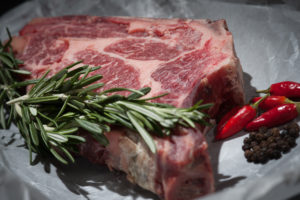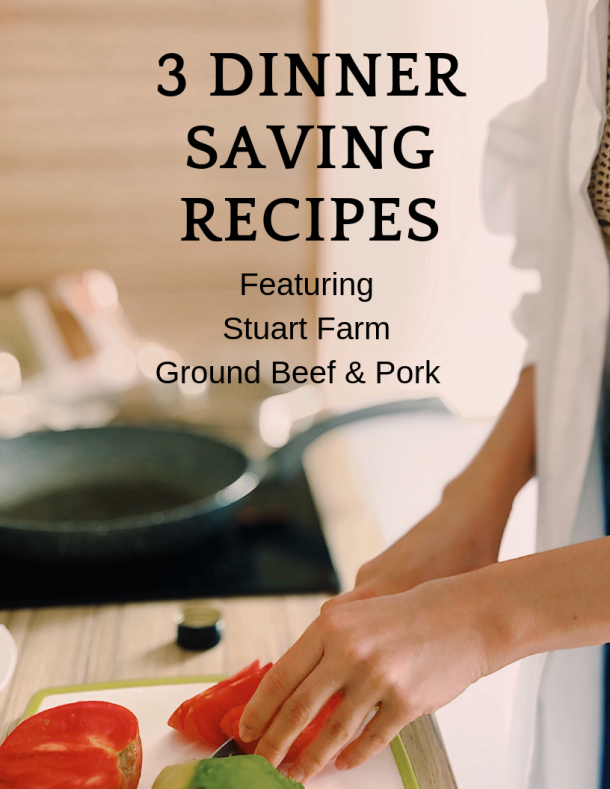 If you know wine, you’ve probably heard the term terroir.
If you know wine, you’ve probably heard the term terroir.
Terroir: /terˈwär/
noun: terroir
- the complete natural environment in which a particular wine is produced, including factors such as the soil, topography, and climate.
- the characteristic taste and flavor imparted to a wine by the environment in which it is produced.
I was recently listening to Bread, Wine, Chocolate: The Slow Loss of Foods We Love by Simran Sethi and she wrote about terroir not just in wine but in chocolate, wheat, coffee, and beer.
So I started thinking about the conversations I’ve had with customers.
One woman said she like our beef better than another farm’s, even though we have the same practices, had cattle from the same herd, and lived only 20 miles apart.
People say our eggs are the best they’ve ever eaten, even though eggs they buy from other farms have the same practices as us.
So I started wondering…could it be terroir?
Yes, it is!
The main reason our meat tastes different from store-bought is that store-bought is all raised the same way. Year after year, raised in the same conditions, fed the exact same thing, butchered at the exact same age. Quality is not left to chance; it’s all about consistency.
On our farm, Mother Nature has a hand in what our meat and eggs taste like. What grasses, forbs, brush, and “weeds” grow well this year. Will there be an explosion of crickets or, if we’re really lucky, cicadas this year? Will a momma put on plenty of milk giving the baby a growth advantage? Did the oak, hickory, and walnut trees produce nuts well for the pigs? Did a mild winter mean less weight loss? Did rains push more earthworms to the surface to feed the chickens and pigs?
It’s not just the environment that factors into our meat quality. When we butcher an animal, their age has a lot to do with the end product.
You’ll hear people say that a younger animal is more tender, not tough like an old breeder cow or sow. What I talked about in this post, debunks that myth.
If what an animal eats gives its meat flavor, then the older the animal, the longer they eat, and more flavor they can develop.
Often, with customers new to eating heritage breeds, I’ll suggest they buy something from a variety of farmers to find what they like. I tell them to find out where the farm is, the breed of animal, target age of butchering, feed type, and raising practices. A Tamworth hog raised on pasture will taste different from one raised in a pen and a beef butchered after eating spring grass for two months will be very different than a beef months into a drought.
I’ve had customers say grass-fed beef is “too strong”. What they’re tasting is actual beef flavor that store-bought just doesn’t have anymore. I have a hard time putting anything but salt and pepper on our beef so the flavor isn’t covered up. People joke that tofu tastes like whatever sauce you put on it. I feel the same way about store-bought meat and eggs.
So the next time you bite into that steak, chop, drumstick, or egg, know that what you are tasting is more than meat. It’s our farm, our practices, our breeds, our love.
It’s terroir.

Thank you! I hate to “spice up” good meat. i enjoy buying from different farms and Yes they do taste different.
Well said! I find myself using just salt and pepper on my meat and eggs now. I really love the true taste of your meat and eggs. My homemade bone broth using pig’s feet from your farm has a very pleasing sweetness to it naturally so I only add sea salt to that. The raw egg yokes remind me of yokes I ate as a child, yum! Just one thing though, if another ‘explosion’ of cicadas comes along I may have to borrow some of your girls, lol. Bugnado’s are NOT my thing at all, lol.